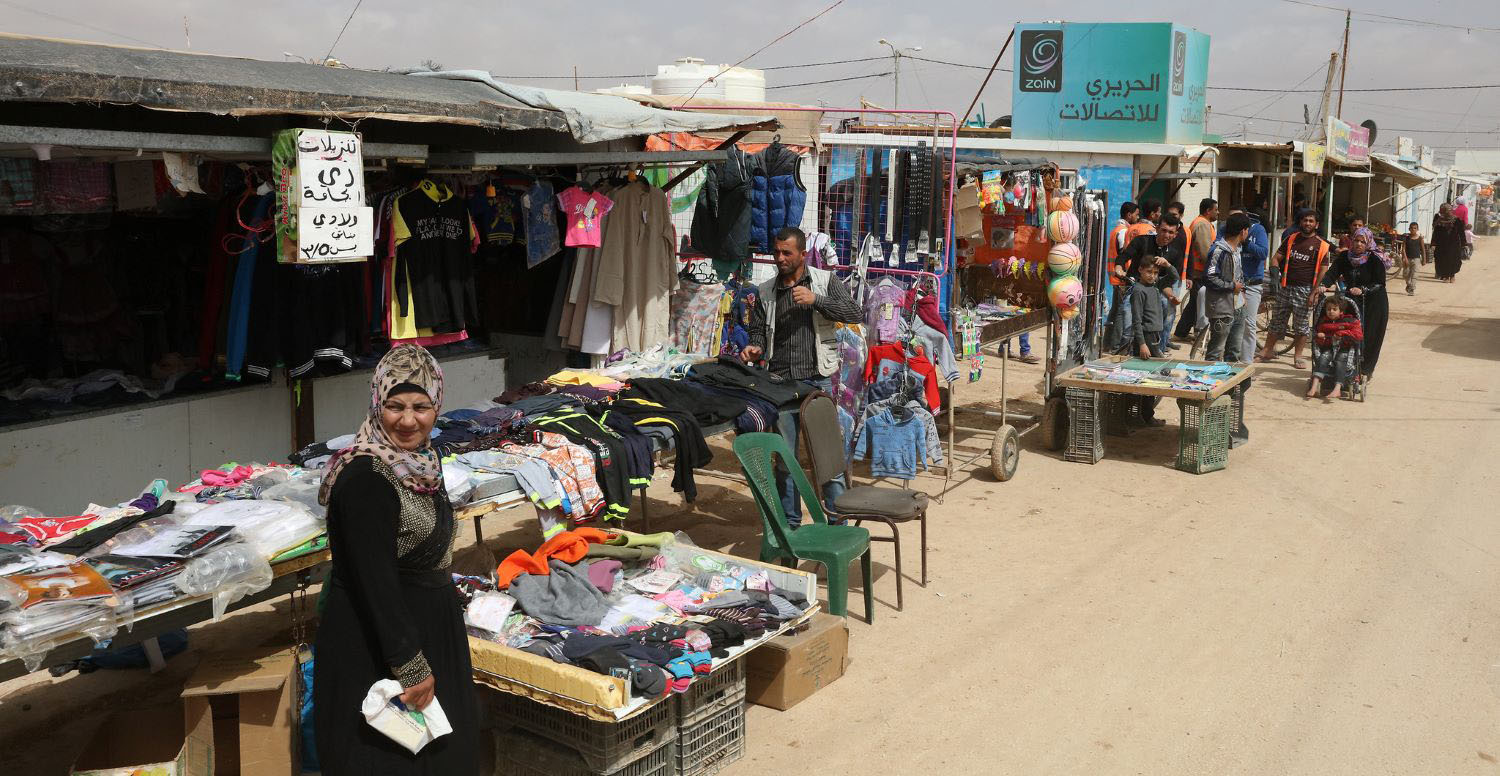What should countries do when migrants appear at their borders in desperation? The law requires countries to react very differently depending on whether those migrants came for personal safety or for economic opportunity. How to tell the difference has become a fierce debate in the United States, Europe, Australia, and beyond.
The most common approach is the simplest: ask people why they are moving. That has many drawbacks. Obviously, people could answer strategically. Less obviously, they might not report the root cause of their movement. For example, because violence harms economic development, a person who states that they are moving for opportunity could be fleeing the ripple effects of violence. So to complement survey evidence, it would be helpful to have more direct evidence: observe changes in violence or economic conditions in developing countries and measure their effects on people’s actual decisions to migrate. That is, watch not what migrants say but what they do.
I do this in a new study, three years in the making, on the root causes of child migration from Central America to the United States. I use unprecedented data on all 179,000 children apprehended in the United States after migrating, alone and without visas, from El Salvador, Honduras, and Guatemala from 2011 to 2016 (they’re legally termed Unaccompanied Alien Children, or UACs). I statistically link their migration decisions to violence and employment conditions in the localities they come from. It’s the first study to estimate quantitatively, at this granular level, the relative effects of violence and economic drivers on migration to any rich country.
There were some striking results:
-
Ten additional murders in the region caused six more children to migrate to the United States. Violence spikes are the main driving factor behind child migration, and one additional homicide per year in the region sustained over the whole period 2011–2016—that is, a cumulative total of six additional homicides—caused a cumulative total of 3.7 additional unaccompanied child apprehensions in the United States. In other words, 10 homicides cause six children to be apprehended in the United States.
-
Eight percent of all 17-year-olds in the region have been apprehended at the US border since 2011. The number of apprehensions of 17-year-old unaccompanied child migrants from the Northern Triangle from 2011–2016 is a whopping eight percent of the total number of 17-year-olds who were initially living in those countries. This percentage does not include those migrants who were not apprehended, nor those who never made it to US border.
-
The relative contributions of violence and economic drivers are roughly equal. The political narrative about these children has been very different across the political spectrum, with one end describing them as essentially refugees and another end describing them as mostly economic migrants. The statistical evidence runs against both of these narratives. It is a complex, mixed flow of people. It is driven in large measure by violence, but in similar measure by economic forces. And economic conditions shape the degree to which children are able to respond to violence by moving.
What does this mean and why does it matter?
Under US and international law, three basic types of migration are recognized: family migrants, economic migrants, and refugees. A migrant cannot legally be more than one of these at the same time. That system was set up two generations ago.
But today, the drivers of migration are much more complex—as this research implies. Any one child migrant could be simultaneously seeking family reunification, the opportunity to contribute economically, and safety from violence. This is most obvious for many migrants from Central America, Sudan, or Afghanistan, but it is increasingly true around the world. What’s more, issues including generalized violence—which contributes to much of the UAC movement from the Northern Triangle as youth flee gang violence—are not recognized within the refugee definition, leaving the UACs arriving at the US border in a legal area largely unprotected under current asylum laws.
As the United Nations begins to consider ways to improve our international migration and refugee frameworks, it’s time to look at the real data and find ways to better match our current system with the reality of what is actually driving migration. It is not economics alone, nor solely violent and individually targeted threats, driving people to pack up their lives and move. As US Vice President Mike Pence prepares to visit Central America, and the world revisits the system of international law governing migration, governments must closely examine the direct and indirect causes of the migration they hope to shape.
CGD blog posts reflect the views of the authors, drawing on prior research and experience in their areas of expertise.
CGD is a nonpartisan, independent organization and does not take institutional positions.





